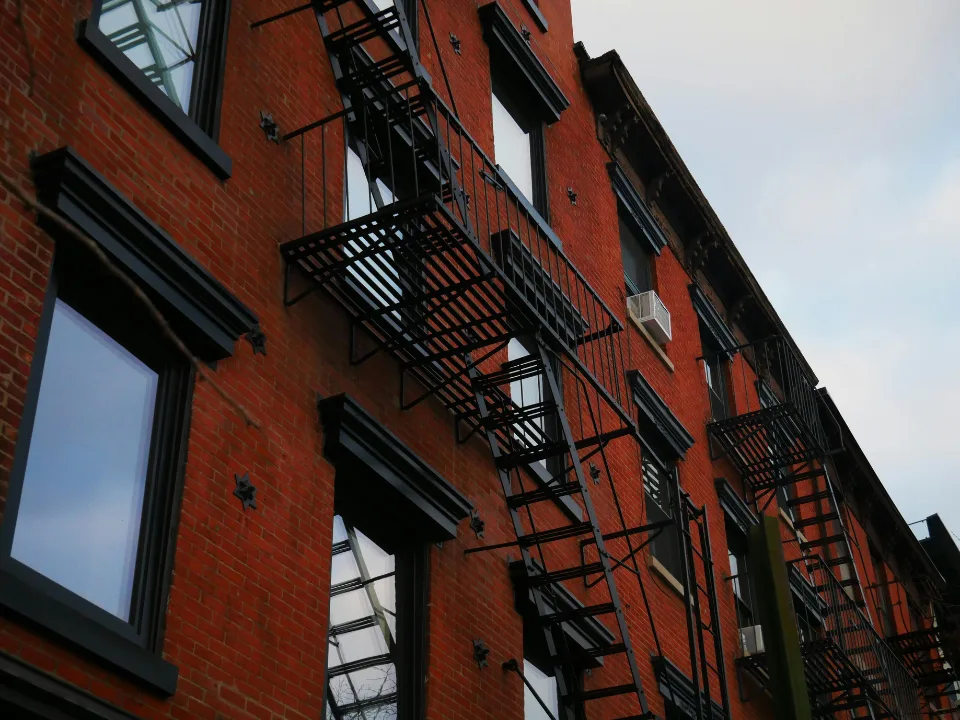- For 485x eligibility, developers must allocate at least 25% of project costs to minority—and women-owned businesses (MWBE) during design and construction.
- The city’s rules lower income thresholds for affordable units, targeting households earning 77% of area median income (AMI), down from 80% in NY State law.
- Developers face uncertainty about how to demonstrate “reasonable effort” to meet MWBE targets, especially for projects initiated between the 421a expiration and 485x launch.
According to The Real Deal, New York City is now one step closer to launching property tax breaks for multifamily housing projects and office-to-residential conversions.
The Department of Housing Preservation and Development (HPD) just released proposed rules for the 485x and 467m tax programs. These guidelines, critical for developers, detail how to qualify for the tax exemptions established by state legislation earlier this year.
The new programs are part of an effort to address the Big Apple’s housing crisis by incentivizing new housing construction and converting underutilized office buildings into residential units. Developers have been eagerly awaiting details to move forward with their projects.
485x Provisions
The 485x tax exemption program, replacing the now-expired 421a, requires developers to meet a host of new conditions, including strict requirements related to minority- and women-owned business enterprise (MWBE) participation.
The rule mandates that developers allocate at least 25% of their contract costs to MWBEs during the design and construction phases. However, there remains some ambiguity on how developers can demonstrate “reasonable effort,” particularly for projects that began after 421a expired but before the 485x was introduced.
YuhTyng Patka, a real estate tax attorney, noted the “murky” nature of these rules for ongoing projects, saying it’s unclear how developers can retroactively comply with MWBE requirements for projects that started before the 485x program was announced. This ambiguity could create complications for developers who have already begun construction.
467m Provisions
Additionally, developers utilizing 467m, the office-to-residential conversion tax break, must also navigate new requirements. The program aims to tackle the growing vacancy rates in office buildings across NYC, particularly post-pandemic, by offering incentives for converting these spaces into much-needed housing.
The proposed rules outline the city’s vision for these conversions, but developers are still waiting on finalized guidelines before they can proceed with applications.
Affordable Rent Adjustments
The city’s proposed rules adjust the affordability standards slightly below state law requirements, a move intended to increase the accessibility of housing for lower-income families.
Affordable units will now be marketed at rents affordable to households earning 77% of the area median income (AMI), down from the 80% AMI set by the state. This 3% reduction aligns with other existing HPD programs and is expected to broaden the pool of eligible tenants.
HPD does not anticipate this change will significantly impact financing for 485x projects, but some developers and analysts caution it could still affect financial models, depending on how tight the underwriting is.
Paul Fiorilla, director of research at Yardi Matrix, suggested that while the adjustment might not be a deal-breaker, it could reduce developers’ profits in some cases.
What About Penalties?
One of the biggest concerns for developers is the lack of clarity around penalties for non-compliance. The state law indicates that penalties will be calculated as a percentage of the program benefits and could be as high as 1,000%, but the city has yet to release a detailed penalty schedule.
This uncertainty is creating anxiety among developers, who worry that failing to meet MWBE or affordability standards could lead to severe financial consequences.
Real estate attorney Jason Hershkowitz pointed out that there doesn’t seem to be a foolproof method for complying with MWBE requirements, adding that this uncertainty could create problems for developers down the road. Others echo his concern, feeling more clarity is needed to avoid unforeseen penalties after project completion.
Looking Ahead
For now, developers must also wait to hear from the city comptroller regarding wage requirements under 485x, another key component of the tax incentive program. These wage mandates are intended to ensure that workers on qualifying projects are paid fair wages, but the city has not yet provided specifics on how this will be enforced or the fines developers will face for violations.
HPD Commissioner Adolfo Carrión emphasized the urgency of implementing these programs to address the city’s housing crisis, stating, “We don’t have time to waste. People need homes now.”

















